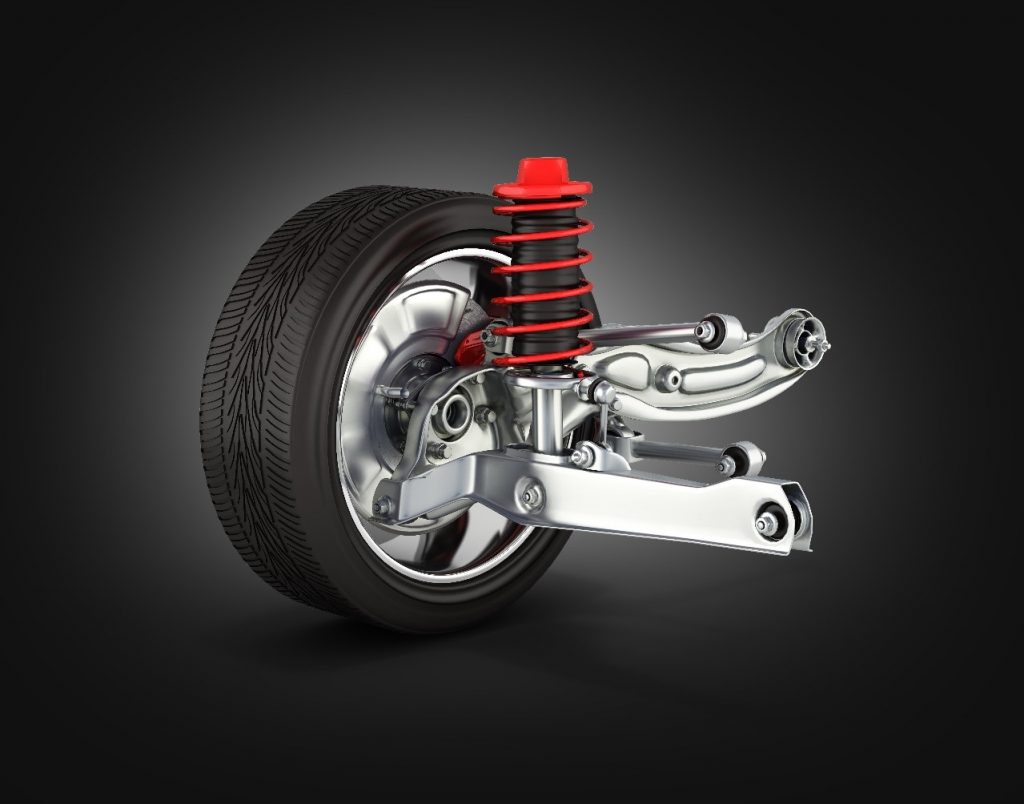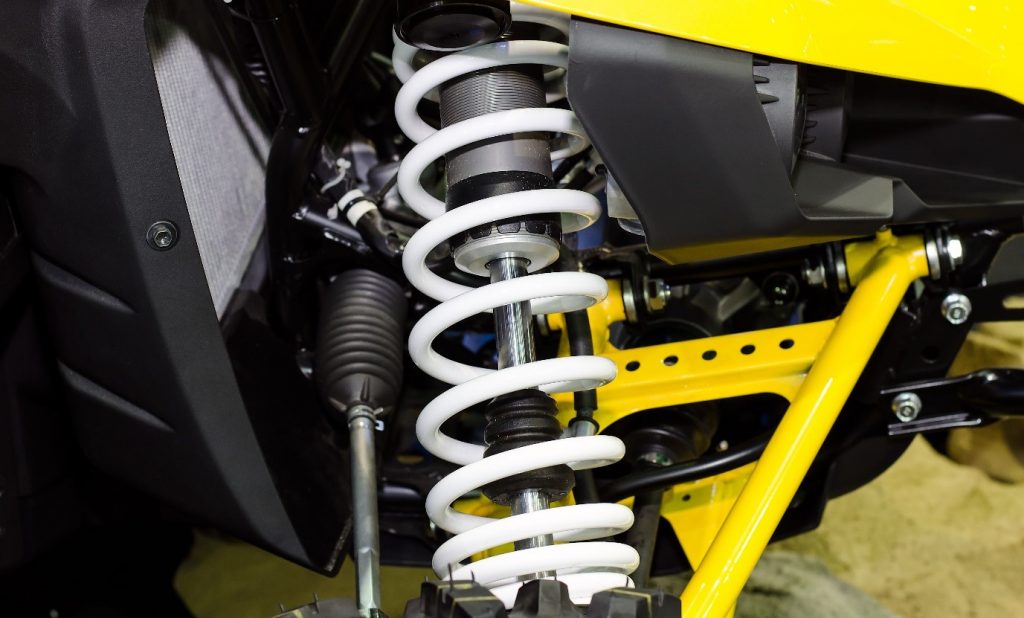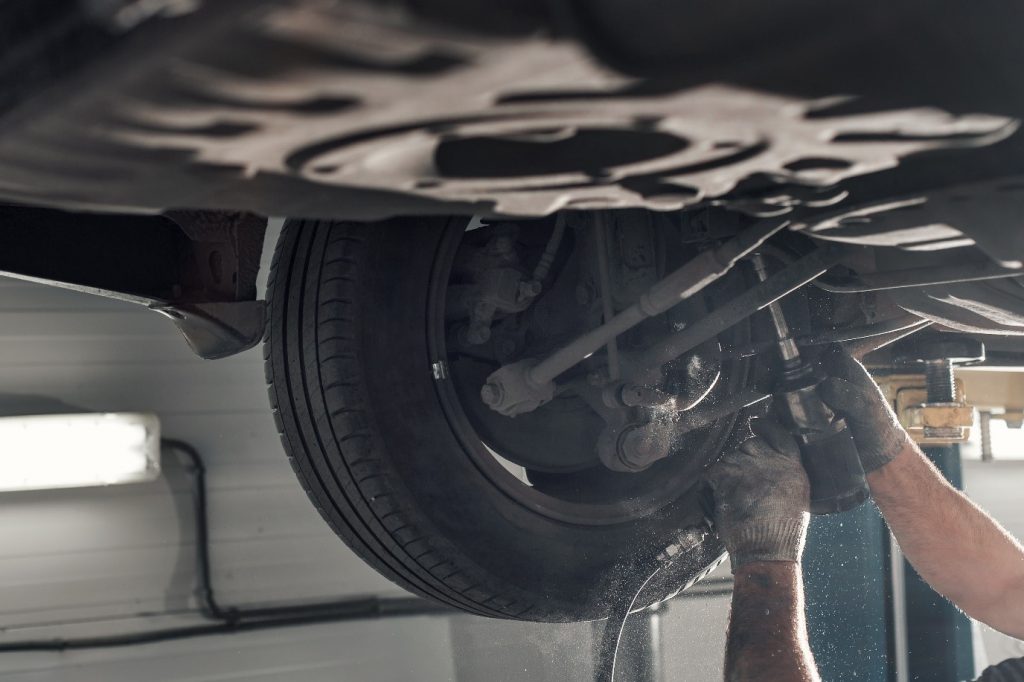Springs in Car Manufacture
Springs can be found in a multitude of technologies we use in our every day lives. Although the vehicles we depend on for our day-to-day transportation needs would not be possible without motor spring technology, the use of springs in the automotive manufacture has changed significantly over the years.
Here, we take a deeper look into the types of springs that have been used in car manufacture throughout the years, and the differences between these.
Leaf Springs
The use of leaf springs in automobiles had been common practice for many years; they were most commonly used in suspension to ensure a smoother ride for vehicles carrying heavier loads. Whilst you will still find this type of spring in some older vehicles (especially in lorries or vans), they have made way for updated materials and components that are more durable and efficient.
The first use of leaf springs in vehicles goes back as far as the early 19th century, with the first spring-suspension vehicle designed and patented by British inventor Obadiah Elliot. The vehicle consisted of two steel leaf springs on each side of a carriage on both axles to ensure a smoother, more stable ride for carriages carrying heavy loads.
The effect of adding the leaf springs to carriages was so profound that within the next decade most British horse carriages were equipped with them. Although most carriages utilised leaf springs in the form of those invented by Elliot, wooden versions of the springs were also used to cut costs and avoid taxation for carriages carrying lighter loads.
Whilst the use of leaf springs is slowly being phased out by vehicle manufacturers now, these springs have played a vital role in the development of vehicles over the past two century’s. Without the use of leaf springs within automotive design, the smooth ride we experience in our cars today would not have been possible.
In their latest iteration, leaf springs work with the topmost and longest strip of steel, known as the ‘master leaf.’ Being curled at each end to resemble something like an eye, this is then connected to the frame of the suspension. Each leaf spring below the ‘master leaf’ are progressively shorter and less curved to allow the spring to absorb the shock from travelling over a bump or pothole in the road.
Coil Springs
More commonly used in vehicle suspension today, coil springs (also known as helical springs), help to support the weight of the car and allow the vehicle to remain stable, even in extremely rough driving conditions. This type of spring is ideally suited for vehicle suspension, as it can store energy and release it later when needed. It also absorbs shock and maintains force between two contacting surfaces.
When your vehicle goes over a pothole or bump in the road, the coil spring will compress and absorb the impact of the bump. Once the road becomes even again, the spring releases the energy stored and returns to its original state. Due to the shock-absorbing purpose this spring brings, they are built to last and are often coated with a vinyl coating to ensure they are resistant to corrosion.
Coilover Springs
Finally, the most advanced type of spring used in the suspension of vehicles are coilover springs. These springs are only used in the most advanced new vehicles on the market and offer the user of the vehicle the smoothest journey available today.
You’ll find coilover springs at the front and back of a car, offering a consistently smooth ride throughout the vehicle. They also provide exceptionally good performance, which is why you’ll find this type of spring used in all manner of performance and racing cars.
Audi’s Innovative Suspension Springs
With the goal of refining the sphere of lightweight automobiles, Audi released a new type of suspension spring back in 2014.
These springs are unusual in a variety of subtle ways:
- The Audi suspension springs were manufactured from glass fibre-reinforced polymer (GRP) in a light green colouration.
- The strand of these springs is thicker than the norm and has a larger diameter at the expense of more coils.
- The GRP springs are approximately 40% lighter than the springs previously used by Audi, allowing springs of a similar performance to be made according to incredibly lightweight specifications.
The result of utilising these springs has led to more precise driving experience with reduced vibration. The springs also won’t corrode, suffer chemical damage and require less energy to be produced than the more commonly produced suspension springs.
As spring manufacturers, we know the importance of ensuring that all springs we produce are fit for purpose. All of our springs are extremely durable and are made with the care and precision needed to guarantee that we only produce springs of the highest quality.


